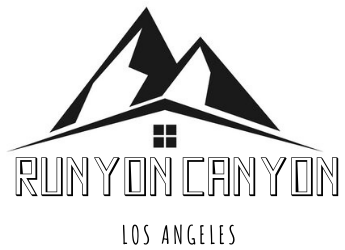What are the 5 stages of team building give an example of each stage?
To ensure the team runs as smoothly as possible, and goals are hit, it’s in everyone’s best interest to implement the five stages of team development: forming, storming, norming, performing, and adjourning….5 stages of team development
- 1 Forming.
- 2 Storming.
- 3 Norming.
- 4 Performing.
- 5 Adjourning.
What are the 5 development stages of progression for project teams?
Bruce Tuckman, an educational psychologist, identified a five-stage development process that most teams follow to become high performing. He called the stages: forming, storming, norming, performing, and adjourning.
What are the 4 key stages of team development?
Using the Stages of Team Development
- Stage 1: Forming. Feelings.
- Stage 2: Storming. Feelings.
- Stage 3: Norming. Feelings.
- Stage 4: Performing. Feelings.
- Stage 5: Termination/Ending. Some teams do come to an end, when their work is completed or when the organization’s needs change.
What are the names of Tuckman’s five 5 stages?
Psychologist Bruce Tuckman described how teams move through stages known as forming, storming, norming, and performing, and adjourning (or mourning).
Why do some teams never go to Stage 4?
Teams fail to reach the highest performance stage because of lack in one or more of the 4 C’s: Commitment, Cooperation, Communication, and Contribution. For instance, a team could fall short of the performing stage because of a lack of commitment to common goals.
Why is Tuckman’s model useful?
Significance of Tuckman’s Model. The model explains how a team’s maturity and ability develop and relationships establish as leadership style changes. Tuckman’s model gives an understanding of how groups develop. It is helpful in training people for group work and works up to their full potential.
What are the stages of Tuckman’s model?
Psychologist Bruce Tuckman described how teams move through stages known as forming, storming, norming, and performing, and adjourning (or mourning). You can use Tuckman’s model to help your team to perform better.
What’s a good team?
A thriving team has open and honest discussions, sharing their thoughts, ideas and opinions. They engender a meritocracy, ensuring no-one is above anyone else and allowing everyone to feel as though they can contribute freely. Creating this sort of culture is one of the fundamental foundations of a successful team.
When did Bruce Tuckman come up with the stages of team development?
Psychologist Bruce Tuckman first came up with the phrase “forming, storming, norming, and performing” in his 1965 article, “ Developmental Sequence in Small Groups .” That was how he described the path that most teams follow on the way to high performance. Later, he added the fifth stage, “adjourning” (which is sometimes known as “mourning”).
What does Bruce Tuckman’s forming, norming, and performing model mean?
What’s more, team members go through stages as they move from strangers to co-workers. Bruce Tuckman’s Forming, Storming, Norming, and Performing model describes these stages. When you understand Tuckman’s model, you’ll know how to help your new team to become effective – faster.
What is the forming stage of Tuckman’s theory?
Forming. The initial Forming stage of Tuckman’s theory of team development is when the team is first brought together and/or a new leader or system has been implemented.
How does Tuckman’s Model work for nurturing a team?
Tuckman’s Model for Nurturing a Team to High Performance. You can’t just switch on teamwork. It takes time for a new team to “gel” and work to its full potential. What’s more, team members go through stages as they move from strangers to co-workers. Bruce Tuckman’s Forming, Storming, Norming, and Performing model describes these stages.
